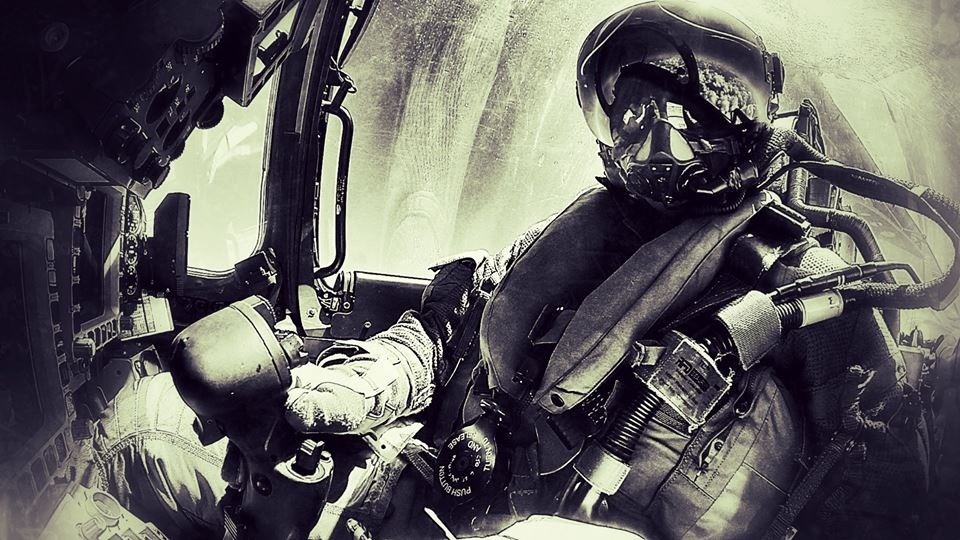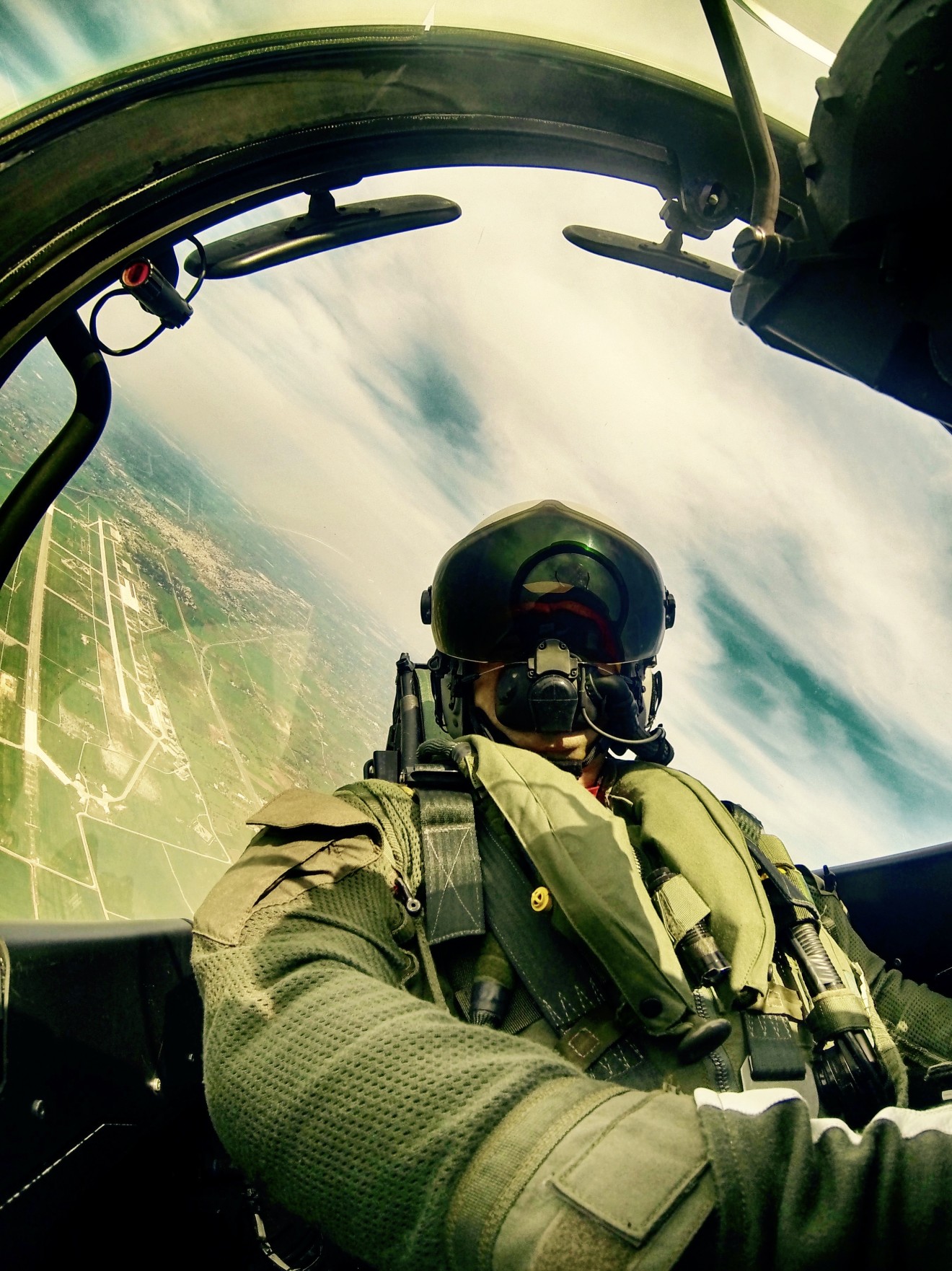1 The TLP COMAO Flying Course not only aims to improve the tactical leadership skills and flying capabilities of front-line fighter Mission Commanders (MCs), but also enables the exchange of information on weapons, tactics and capabilities between the participating nations. By providing an environment that encourages the discussion and development of multi-national tactics, participants discover the best way to employ the differing aircraft capabilities as part of multi-national forces in what’s known as Composite Air Operations (COMAO).
2 The TLP course is designed for pilots with intermediate experience on the platform and in the role. Pilots who have at minimum led a 2-ships formation. To become a TLP Instructor, the requirements are to be a proficient pilot (or even better, an instructor) coming directly from the fighter squadron.
3 The TLP was formed by 10 NATO nations: Spain, UK, Germany, Italy, Belgium, Denmark, France, Greece, the Netherlands, and the United States of America. Although the TLP is not part of the NATO structure, it is linked to NATO via a Letter of Agreement.

4. Usually, during a TLP Flying Course, up to 30 military jets, 4-5 different types and different nations, are involved, such as the Eurofighter Typhoon.
5. During the course, a typical working day is 12 hours long. In this time, participants plan and execute training missions the very same day. The training sets involve extremely complex missions and a wide variety of scenarios. Each day begins with a meeting between instructors, in which there is an overview of the weather and discussion and agreement on the focus points of the mission. Once this is complete, the participants receive a weather and mission brief, scenario and intel brief, and then move on to the brainstorming and planning stage. Only then can the participants carry out the mission. Once the aircraft land, there is a debrief of the planning phase, followed by a debrief of the execution phase.
6. The TLP provides pilots with training opportunities in specialist aspects such as threat scenarios, SBAD and jammers. Other than in the huge US Red Flag exercises, these opportunities are very difficult to find anywhere else.
7. Throughout its 42-year history, TLP has become the focal point for NATO’s Allied Air Forces tactical training, development of knowledge and leadership skills, necessary to face today’s air tactical challenges.
8. In 2009, TLP moved to Spain in the regional capital of Castilla la Mancha, Albacete. The airspace around Albacete offered ideal conditions for the type of exercises and training involved in TLP. It is large and has a lot of land available for all situations that can be introduced during the Flying Course.

9. The TLP is based around interaction between pilots from different nations, different training scenarios and provides different experiences. TLP instructors expect that many participants will start the course by flying and thinking as a single entity, however, by the end of the course they’re thinking about and managing all assets as a group.
10. From the perspective of a TLP instructor, the most important lesson learnt on the course is ‘union makes the force’. Having so many different modern and capable assets is great, but only if we are able to plan, think, integrate and act as a single group. It’s only then we are able to gain the best results and make a real difference.
